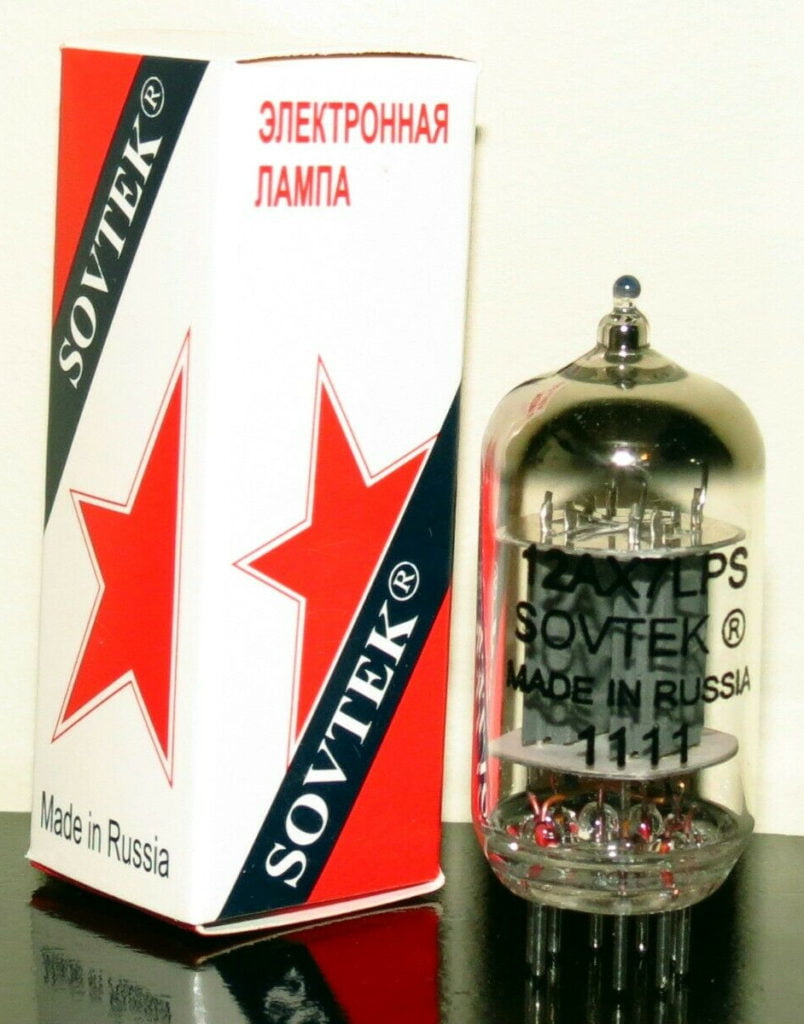
“12AX7LP Sovtek tubes…very linear, has great looking curves…large full sound stage, very musical with great detail…smooth and involving” — Charles Kittleson, Editor, Vacuum Tube Valley
Continue reading

“12AX7LP Sovtek tubes…very linear, has great looking curves…large full sound stage, very musical with great detail…smooth and involving” — Charles Kittleson, Editor, Vacuum Tube Valley
Continue reading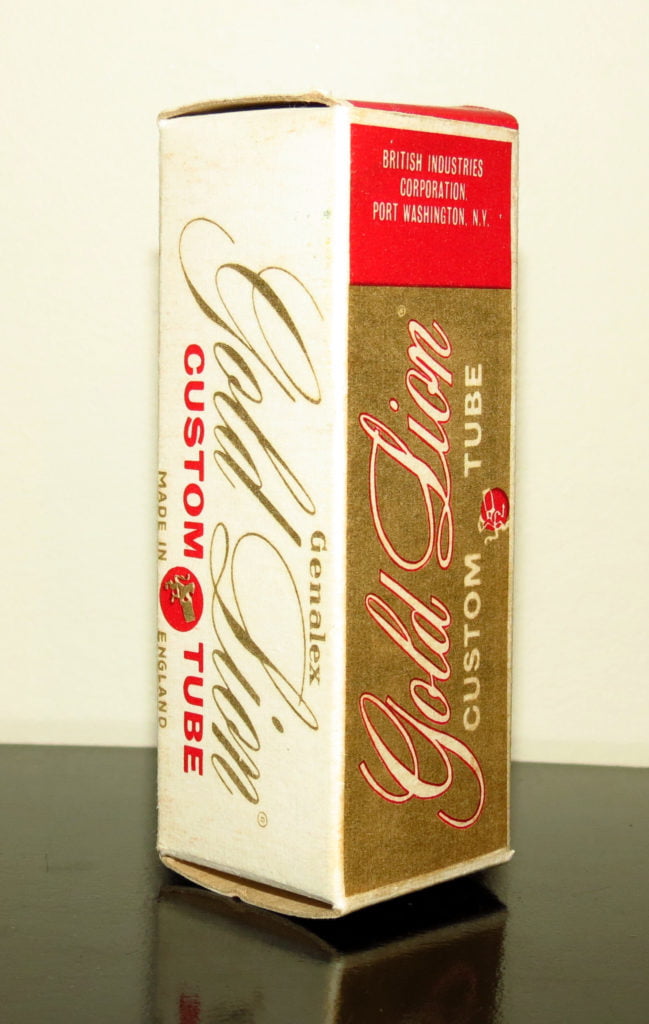
I recently came across a few boxes of Genalex B759 tubes. Unfortunately the boxes are empty, but I still wanted to share with everybody the amount of effort that went into creating these boxes and what goes inside of them including test report sheet.
Continue reading
Thanks to all of you, we finally achieved a new milestone – 300,000 unique visitors to the site. That is a lot of people that the community and we at Tube Maze hopefully helped to learn more about the exciting and confusing world of tubes.
Continue reading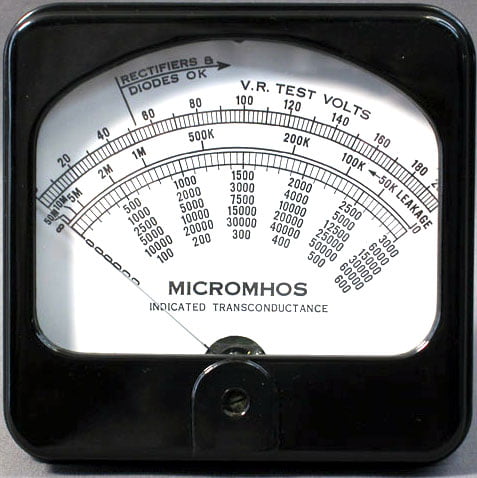
There is a lot of confusion about matching tubes. It starts with some vendors, especially on eBay, matching tubes by the way they look (visual matching) to matching on multiple electrical parameters at the same time.
There are 4 parameters that could be used to match preamp tubes:
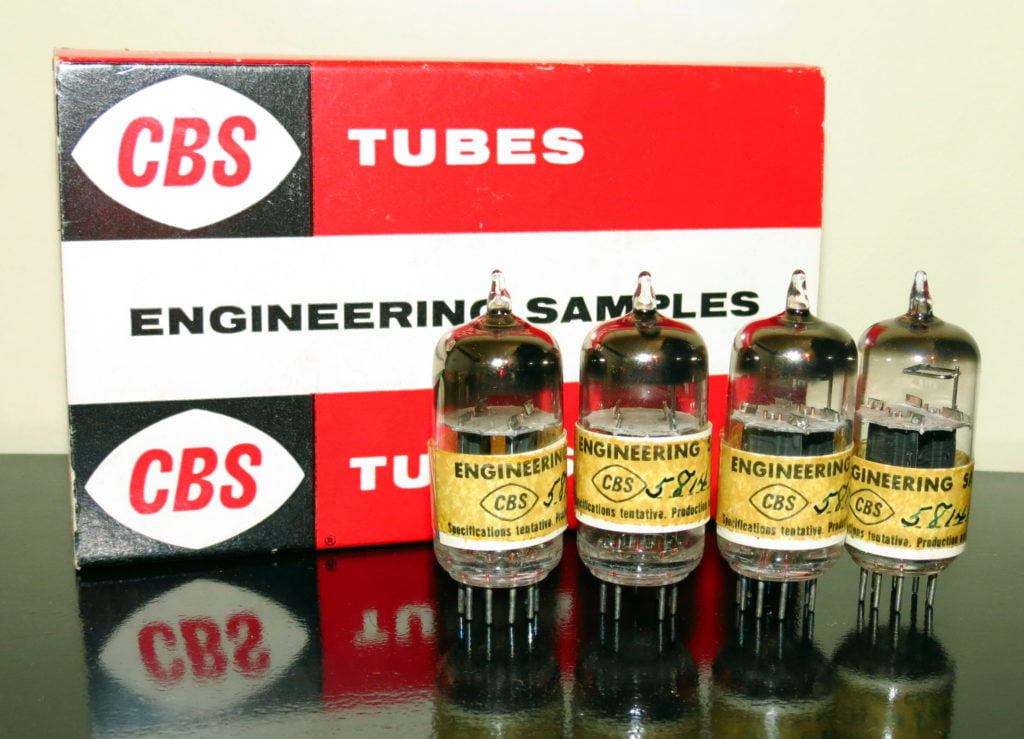
Once in a while, while going through a new shipment of tubes, I find some true treasures. This time it was an incredible find, the legendary CBS-Hytron 5814 tubes, but not just that, they were engineering samples from CBS-Hytron. Engineering samples were sent to various manufacturers to get acceptance and determine interest before starting mass production. Unfortunately, there is no date code on the box or the tubes, so it’s hard to say when it was produced exactly, but considering that 5814 tubes have been produced since October 1949, these are not far behind. Notice, that there is not 5814 label on the glass, just on the wrapper.
I’ve already written about these tubes and there are also posts about comparing them to other tubes from other contributors.
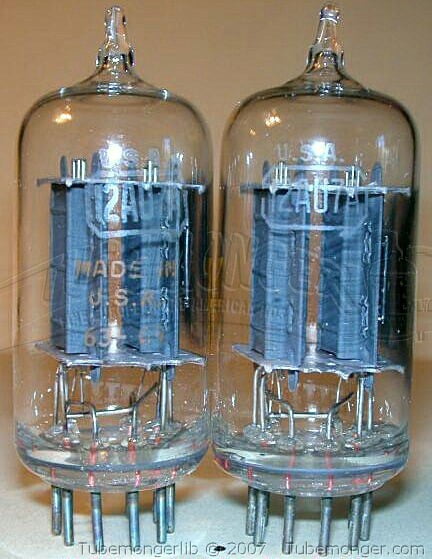
A great article with in-depth breakdown of internal structure of Mullard tubes NOS vs Reissue
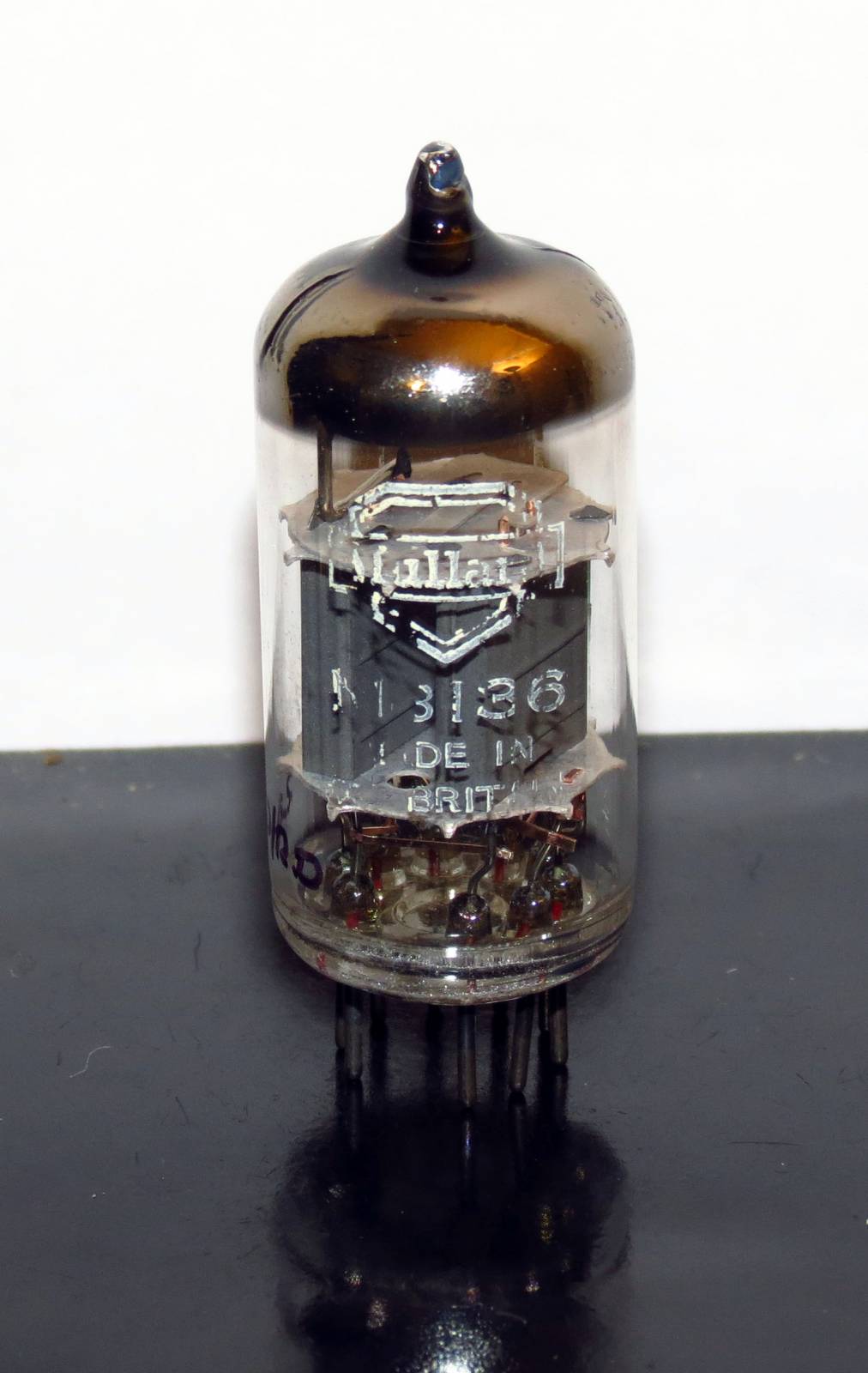
If you find a tube with a getter in the form of a flying saucer, you can ignore any branding on the tube. It’s practically guaranteed that you have a Soviet/Russian made tube. Some of them are great, like EV/DR versions of tubes, but in the majority of cases, they don’t sound good.
Continue readingThe following Special Quality types are recommended as plug-in replacements for the corresponding commercial types. Substitution in the reverse direction is not recommended.
Continue reading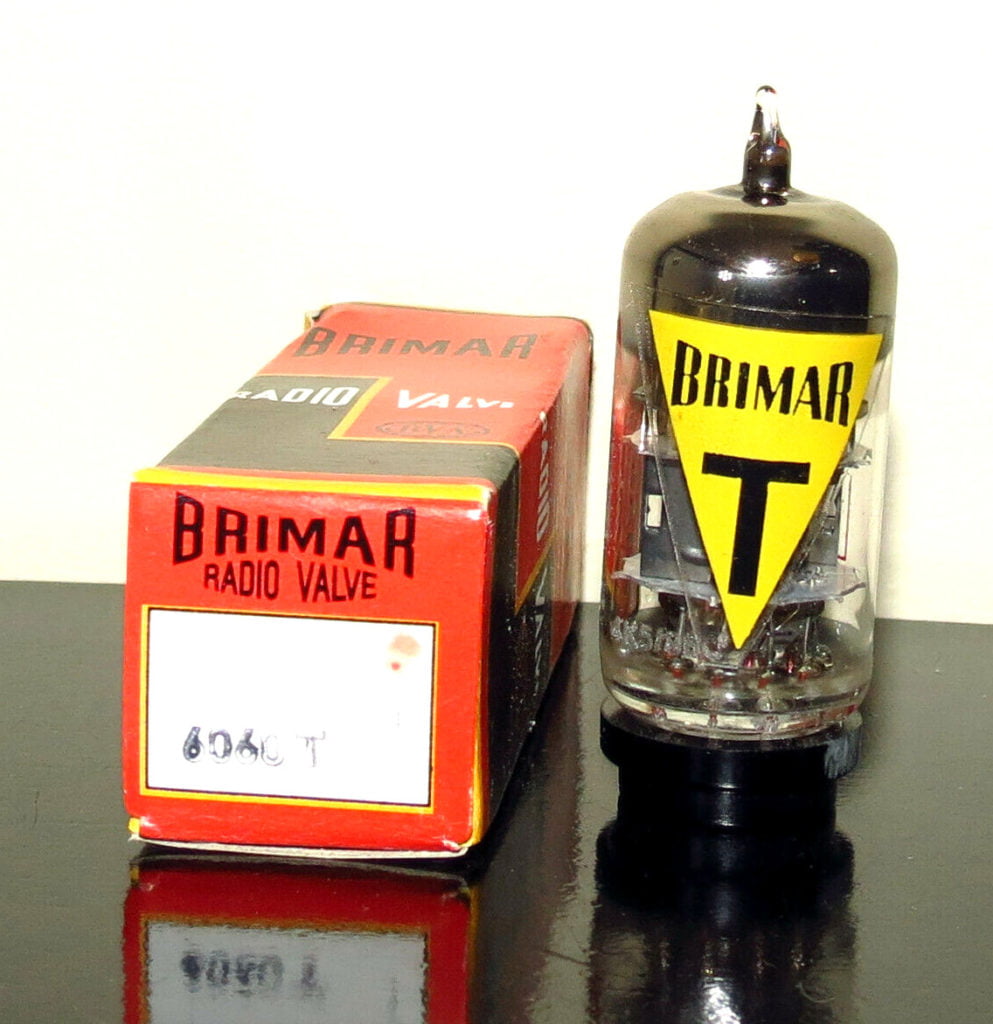
Brimar (BRItish Made American Range) was a part of Standard Telephones and Cables Ltd (STC) and was founded in London as International Western Electric in 1883. From 1925 to mid 1980s the company was owned by ITT of the USA.
There is very little information available on how to read Brimar tube codes, but in general, they are one of the easiest to decipher.
The code consists of multiple sections and usually look like:
4G9/980 (4th week of production in July of 1959, tube type 6060)
BTW, if Brimar labeled tube doesn’t have the date code or it has foreign stamped on the tube, it’s not produced by Brimar, but by some other manufacturer. Many Brimar labeled tubes are actually Soviet made.
Continue reading